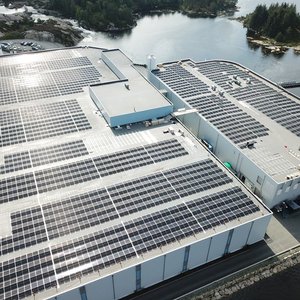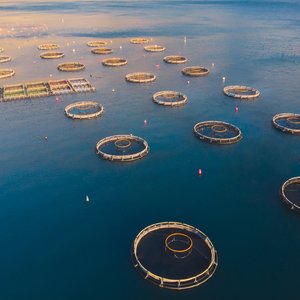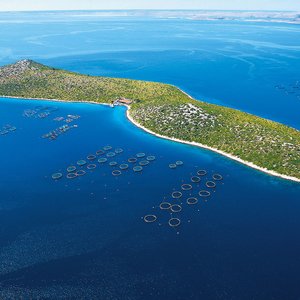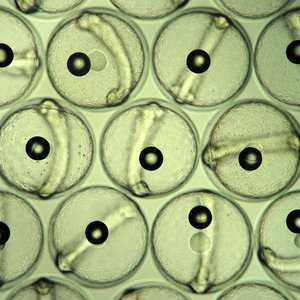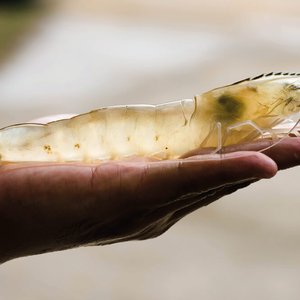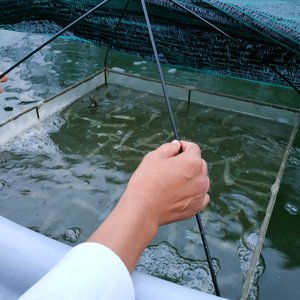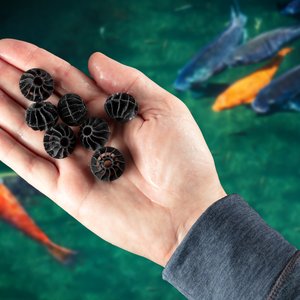Since the number of land-based facilities is increasing for larger salmon production, hydrogen sulfide (H2S) has become an important research topic, however, little knowledge exists about why the gas is formed in marine RAS as well as not much literature is available about how it affects fish.
Funded by the Research Council of Norway, Nofima’s researcher Carlo C. Lazado has led a study that was conducted in collaboration with the Norwegian Institute for Water Research (NIVA) and the Technical University of Denmark in which salmons were exposed to short-term and long-term H2S levels.
The results showed that a certain number of genes were activated during and after the H2S exposure and that the organs’ sensitivity can be determined by the number of genes activated in each one of the analyzed tissues.
The research showed that the nose is the organ that reacts most strongly to the gas during chronic exposure to H2S and that gills and skin, similarly to the nose, are part of the fish’s first line of defense. However, the skin, which was the most sensitive organ during short-term trials, was less sensitive during long-term trials.
“There are more groups of genes in the nose that respond to H2S than in other organs. These include genes linked to stress, tissue repair, and the immune system. Previous research we have conducted suggests that the gene activity in the nose’s immune cells has some similarities with how the immune cells in the human nose react to H2S. We also found an increased number of mucous cells in the nose of H2S-exposed fish indicating signs of irritation,” said Lazado.
The trials were done at Nofima’s research station in Sunndalsøra, in single-RAS units with one recirculating unit for each tank, which made it possible to investigate the consequences of different operational changes at a system level.
The fish were exposed to doses of zero, 1, and 5 milligrams of H2S per liter of water. The fish which were exposed for only one hour were analyzed after 24 hours. The fish that were chronically exposed to H2S over a period of four weeks were analyzed after zero, 2, and 4 weeks. Furthermore, two weeks after H2S exposure, the fish were exposed to a crowding stress trial to evaluate how H2S-exposed fish reacted to a secondary stressor relevant during production.
After a long period of exposure, salmon can also change their behavior, and the scientists noticed some visible skin color changes especially near the head and mouth. Some fish died in the group that was exposed to the highest level over time.
According to Lozado, salmon were less affected by a lower concentration of H2S over time while peaks caused the problem. Since the aquatic environment in RAS is dynamic, there will always be a certain amount of H2S present in RAS. Therefore, the results presented by researchers about how the short- and long-term levels affect fish health make it possible to carry out risk assessments during production.
Lazado also reports that the companies focused on developing water quality sensors have shown great interest in the project since the H2S risk assessment strategy of RAS facilities would depend on the measuring tools that can detect at the same both small and very high H2S levels.
Finally, Danish scientists working on the project also showed an interesting result for RAS facilities operators, which is the fact that hydrogen peroxide has been shown as an effective emergency solution that can reduce the level of H2S in less than half an hour.




